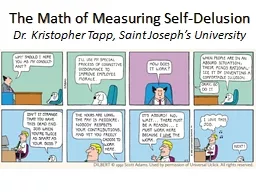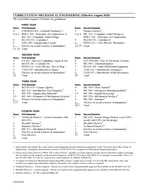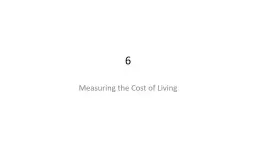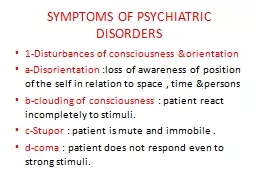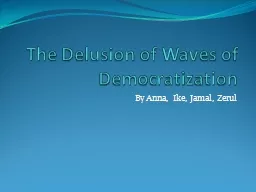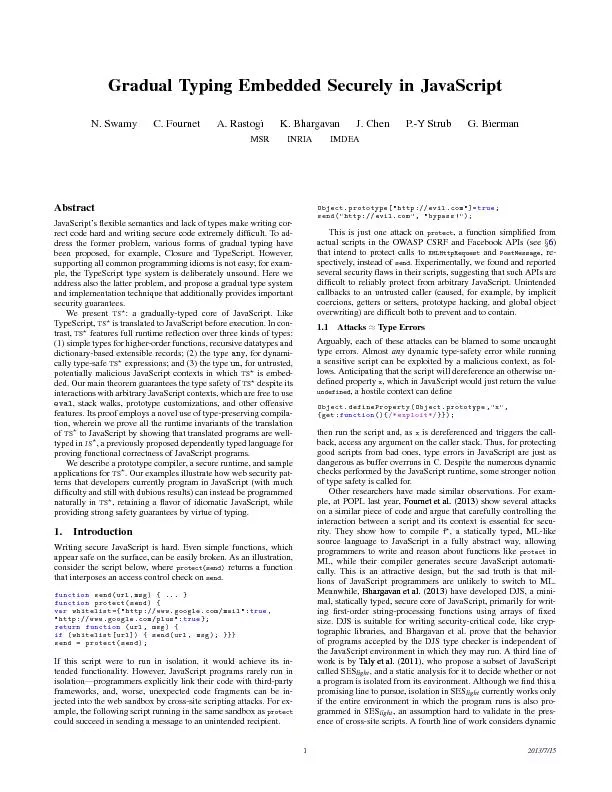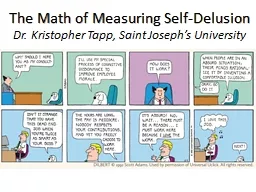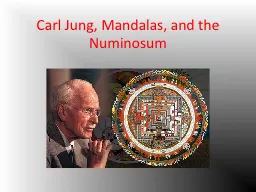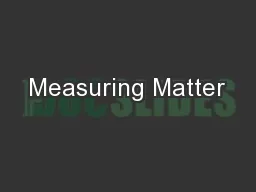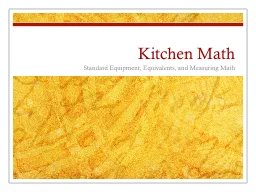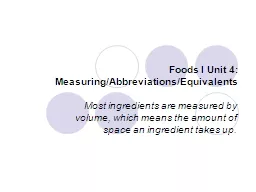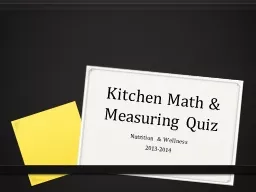PPT-The Math of Measuring Self-Delusion
Author : min-jolicoeur | Published Date : 2018-10-31
Dr Kristopher Tapp Saint Josephs University Cognitive Dissonance The uncomfortable cognitive state that arises when ones actions are inconsistent with ones underlying
Presentation Embed Code
Download Presentation
Download Presentation The PPT/PDF document "The Math of Measuring Self-Delusion" is the property of its rightful owner. Permission is granted to download and print the materials on this website for personal, non-commercial use only, and to display it on your personal computer provided you do not modify the materials and that you retain all copyright notices contained in the materials. By downloading content from our website, you accept the terms of this agreement.
The Math of Measuring Self-Delusion: Transcript
Download Rules Of Document
"The Math of Measuring Self-Delusion"The content belongs to its owner. You may download and print it for personal use, without modification, and keep all copyright notices. By downloading, you agree to these terms.
Related Documents

